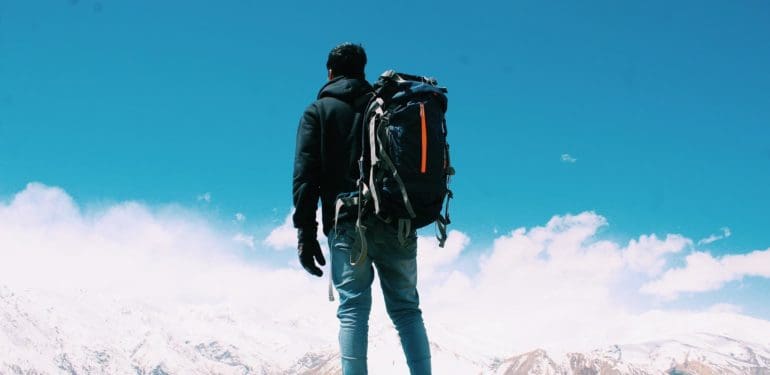Does your photo of that beautiful scenery look plain compared to the photos you see on Instagram? Are you having trouble taking photos that are faithful to your experience during your travel?
Most of us want to capture that picture-perfect moment. We all want to remember the mountains that we climbed and the forests that we trekked, and we want our photographs to show those sceneries exactly the way we saw them in real life. The problem is that some of us forget that capturing the moment isn’t as simple as point and shoot.
The trick to making your travel photos more dynamic is to use some of the basic principles of photography. It may sound intimidating, but fret not—these tricks are actually very simple. In fact, you may have already used some of these techniques without being aware of it.
Picture-Perfect Shots
Taking awe-inspiring photos involves luck and skill. You need to get lucky for every element to align properly, but it also takes some skill to capture picture-perfect moments. Fortunately, this skill can be learned, and it will only improve as you learn more about the fundamental aspects of photography. Here, we’ll talk about the basics, focusing on landscape photography so that you can take more strategic shots on your next trip.
Framing and Composition
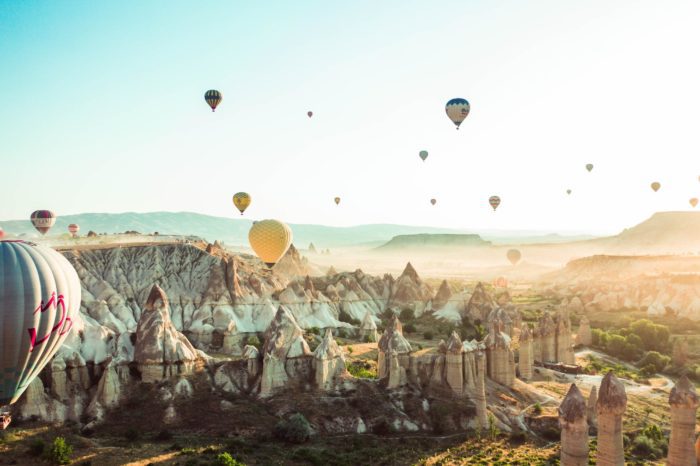
The most important skill in landscape photography is framing the picture. Your camera can only capture a portion of the beautiful destination you’ve visited. It’s entirely up to you how you’re going to compose that image.
You need to view different perspectives, find the best angle, and zoom until you have everything aligned. If you’re not sure how to compose the photo, a fail-safe option would be the Rule of Thirds.
Another thing to keep in mind is that you can use different perspectives to compose your photos. Position your camera higher or lower than your eye level. This allows you to show the places you’ve visited from another angle.
Point of Interest

If you’re familiar with silhouette photography, then you’ve already encountered the concept of point of interest. The first thing you look at in a silhouette photo is the shadow contrasting with the beautiful landscape. The shadow acts as the point of interest that draws your attention to the photo before you look at the background.
The purpose of a point of interest is to act as the main attraction and focus of an image. By focusing on that subject, you can create emphasis and drama.
Movement and Dynamics
There are certain patterns that you need to remember to make your photos more lively and dynamic. These movements in the photo guide your attention from one point of interest to another.
Here are some tips to add movement into your compositions.
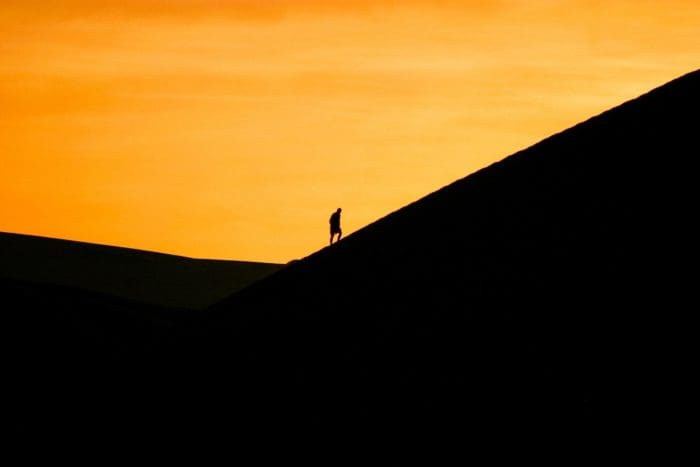
Find slanted or curved lines that cut across your photos
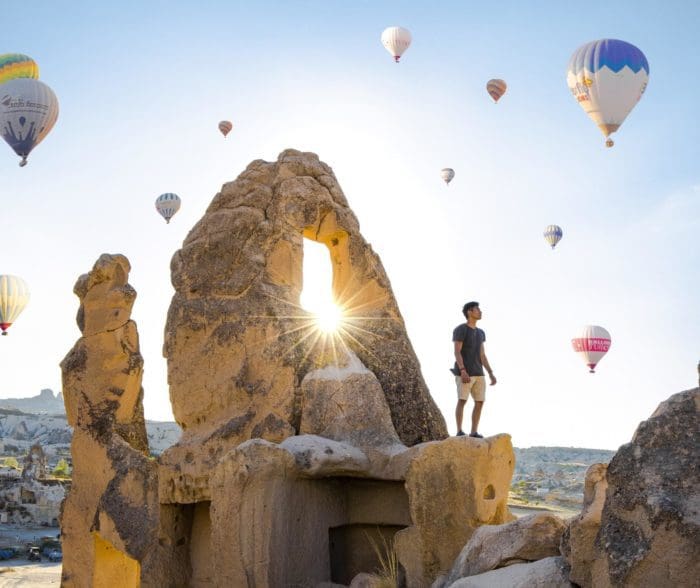
Focus on contrasting points whenever possible
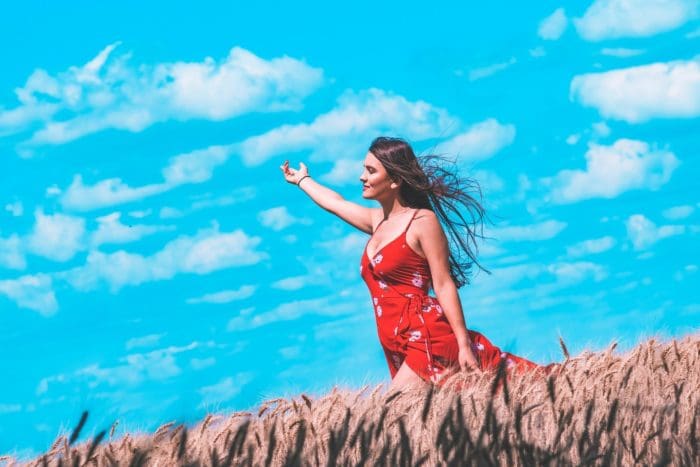
Try to break away from the symmetry of your photos
Movement can also come from elements in your photo that are doing a certain action. Kayaks in the river, waterfalls, bells on top of a tower, and people taking photos all show action within an image. The presumed movement of these people or objects tells a story that adds to the dynamics of your photos.
Post-processing
What should you do when you get that picture-perfect shot, only to have it ruined by dim light or blurred sections? It’s time to adjust the image.
Image adjustment for landscape and travel photography commonly involves brightness, contrast, saturation, and sharpness. Any photo editor will allow you to manipulate these values, but some applications provide specialized features such as image auto-correction.
So, how do you use image adjustment to make your photos more dynamic?
- Detail Recovery – Minimal or excessive light can result in images that lack detail, or photos with minimal depth. This can be solved by adjusting the brightness to make details visible. However, it is easier to recover details from darker photos than near-white photos because of how data is stored by digital cameras.
- Color Correction – The colour of your images might not be retained when the lighting isn’t appropriate. Hence, you need to adjust the contrast and saturation to make the colours of your image appear true to life. Adjusting the variation of colours adds depth and prevents any lack of colour that makes your image appear dull and flat.
- Blur Correction – Images that are out of focus can be resolved by adjusting the sharpness or using precise blur correction features from your photo editor. Adjusting the sharpness adds emphasis to the foreground to separate it from the background.
It will take a lot of practice to perfect your travel photography skills. At the end of the day, always remember that photography is more about appreciating the world around you than it is about taking a technically flawless photo. Have fun, be present, and use your camera not just to capture a great moment, but to tell a story only you can tell.

